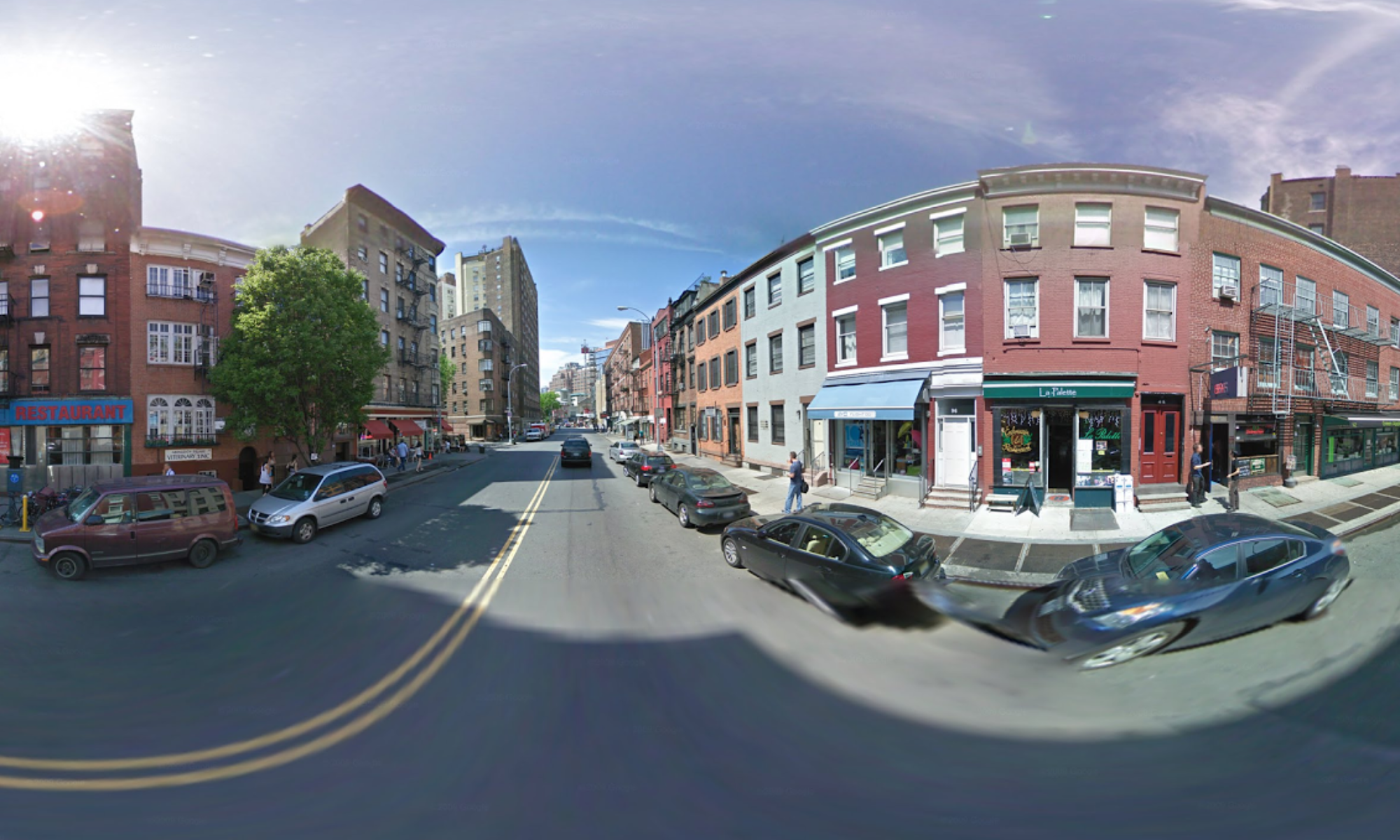Augmented Reality
Augmented reality (AR): While virtual reality experiences are meant to bring the user into another world (walking around on Mars or “attending” a concert halfway around the world), augmented reality changes (or augments) the world a user is already in. One of the most popular examples of this is Pokemon Go, the smartphone app that allows user to find and “catch” Pokemon characters that exist in their physical space. The game was an immediate sensation because it had very little barrier to entry (almost everyone has a smartphone), and it allowed people tin interact with their environment in a way they never had before. For another example of augmented reality, take a look at this experience that Pepsi Max created for people in a bus shelter, and imagine how you might react!
Mixed Reality (MR): Many experts believe the future of immersive content lies in “mixed reality”, a combination of augmented and virtual reality. In MR, a user can interact with virtual objects within their actual space. For example, someone could “play fetch” with a virtual dog. New technologies such as Microsoft HoloLens and the Meta 2 are exciting platforms for these experiences, and there is great potential for commercial applications.
Watch the video below to learn more about augmented and mixed reality:
Now, Let’s take a look at some examples of AR technology:
Google Glass
One of the first and, ultimately, biggest flops of the AR world was Google Glass. A product of Google X in 2014, Glass imagined an interactive future where a user’s world was dramatically enhanced by an inconspicuous wearable. Take a look at the concept video below:
While the idea was innovative and interesting, unfortunately for Google, Glass tanked. Not only did the wearable cost upwards of $1500, Google promised too much and delivered to little. Developers didn’t want to spend time and resources building apps for the wearable, and soon consumers realized there wasn’t much to it outside of taking photos, video and some mapping functionality. According to the article below, however, Glass ultimately failed due to a multitude of reasons. However, this was a huge step forward in the world of wearable tech and augmented reality.
HoloLens
In March 2016, Microsoft released the HoloLens. This wearable is a full-on head-mounted display and currently only has a development edition. At $3,000 this device really brings us into an Iron Man era, providing digital interaction all around the user. Take a look at the preview video below, and check out this article on some future uses of this platform.
Meta 2
The Meta 2 is an interactive holographic wearable, with a concept similar to the HoloLens. Though it is still in development, check out the following TED Talk with its founder Meron Gribetz to see his vision for our AR future.
Smartphones
Of course, smartphones can also be used to display and experience augmented reality content. Expensive headsets and controls are not needed. However, like VR, there is a spectrum of AR interaction and smartphones seem to offer the least amount of immersion. Check out this article to learn more about how mobile devices might be transformed by this new technology.
